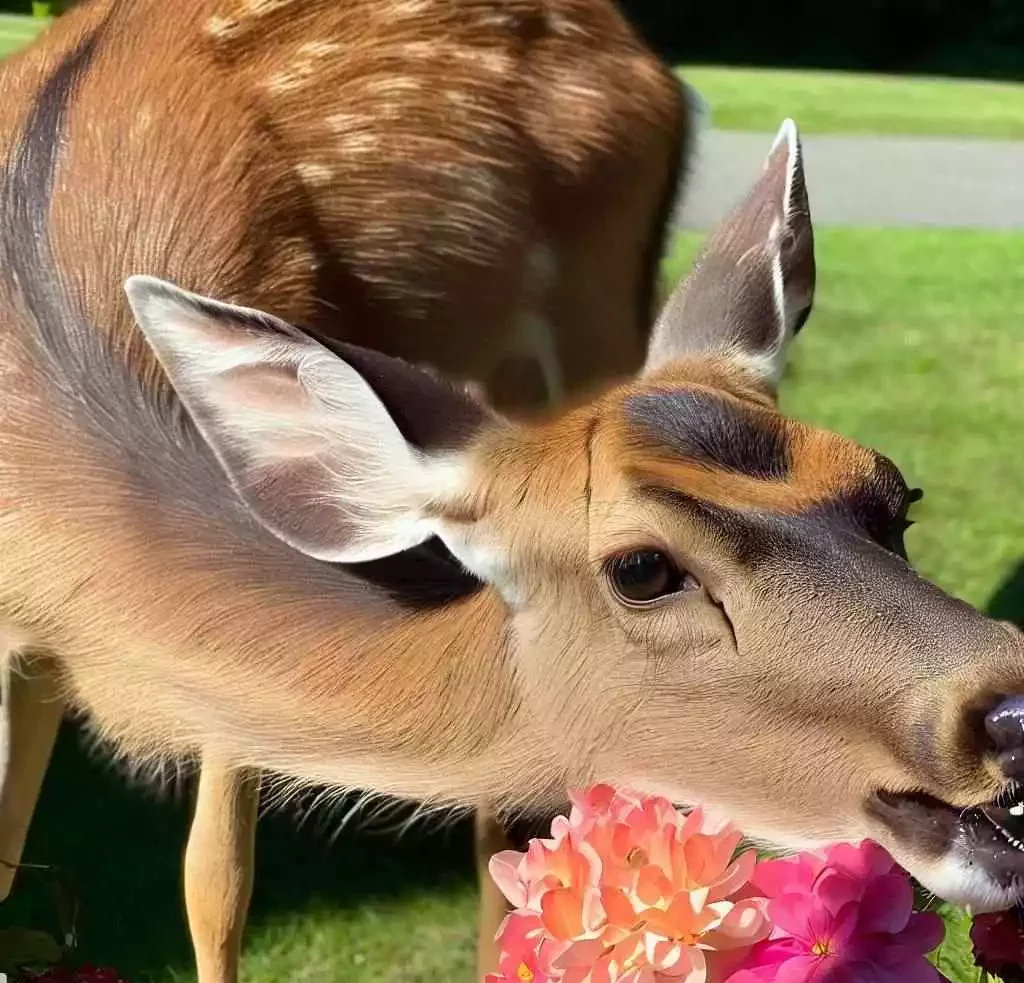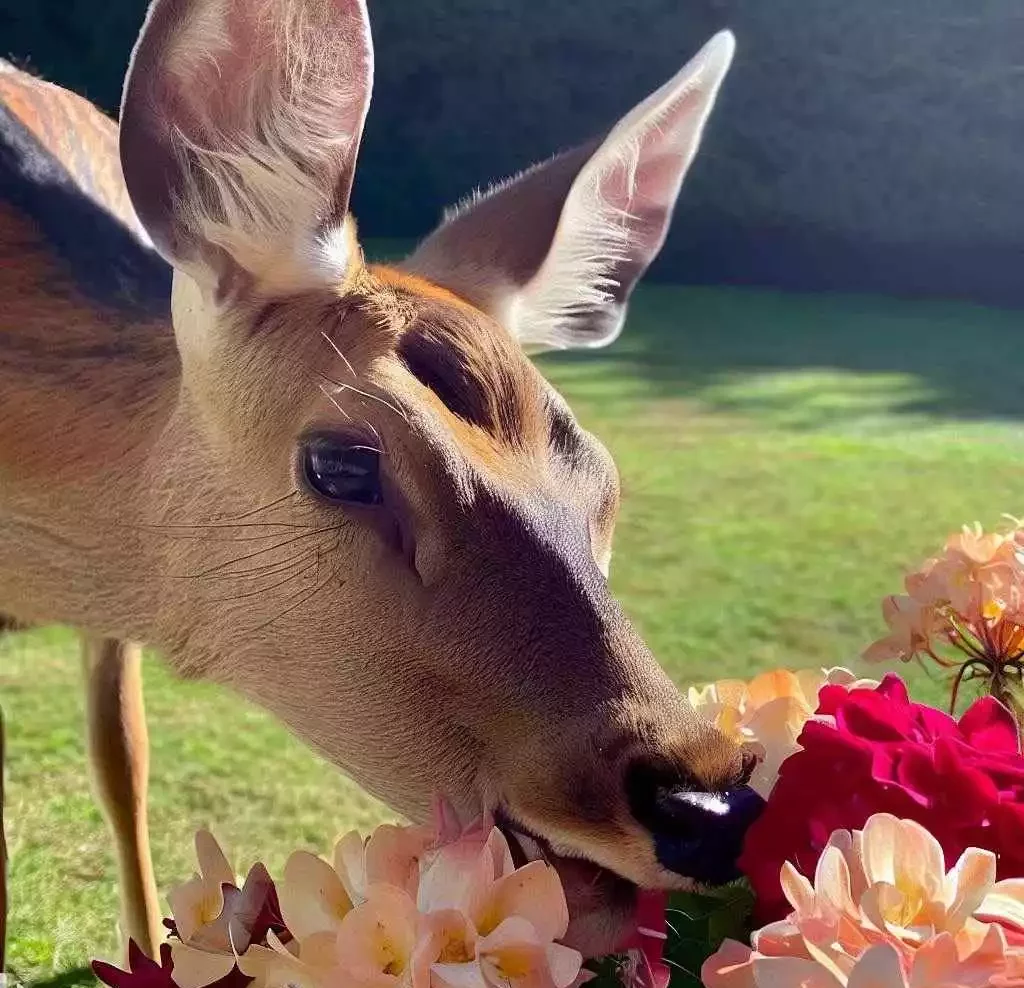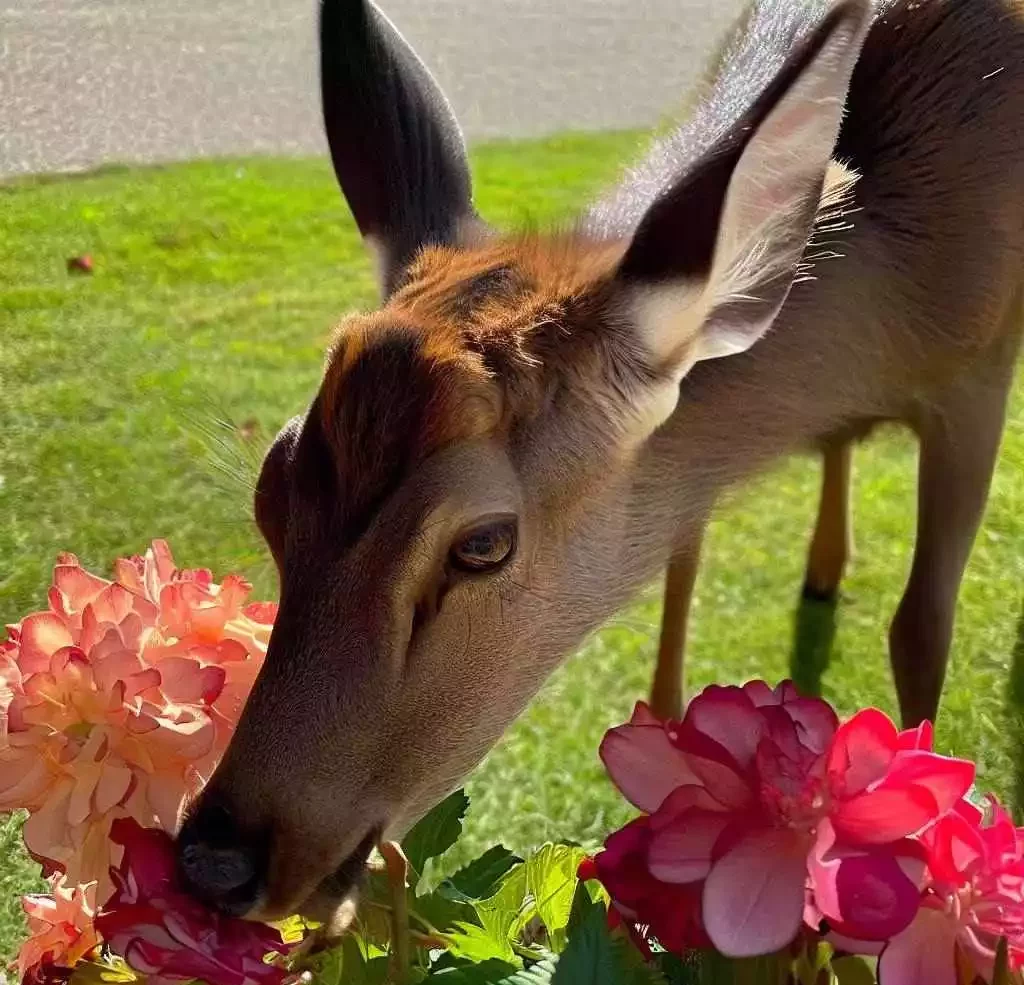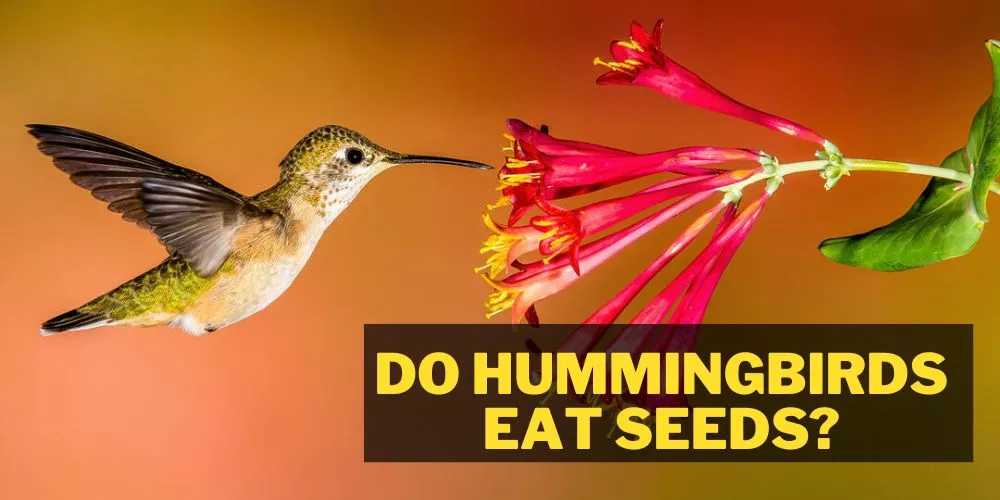As a gardener, it’s essential to know which plants are deer-resistant and which are not. One of the most common questions among gardeners is, Do deer eat dahlias?
In this article, I will investigate whether deer eat dahlias, their attraction to these flowers, and what you can do to protect your dahlias from deer. So, let’s dive into the world of deer and dahlias and find out if you need to take extra precautions to keep your flowers safe.

Do deer eat dahlias?
Deer do not usually eat dahlias, due to their strong scent, bitter taste, and texture. However, a hungry deer will eat almost anything, which may include dahlia plants. Eating habits and regional differences can affect the types of food and foliage deer will consume.
In some areas, deer may eat dahlias readily, but in other regions, they may prefer not to. Food scarcity is another factor affecting deer eating habits. When food is scarce, they might need to forage in areas they normally wouldn’t, such as your garden beds, and eat foods they would not normally eat, including dahlias.
How do you keep deer from eating dahlias?
Dahlias are beautiful, colorful flowers that many people love to grow in their gardens. Unfortunately, deer also love to eat them, which can be frustrating for gardeners. If you’re struggling with deer eating your dahlias, here’s a step-by-step guide on how to keep them at bay.

- Identify the Deer Problem: Deer are a common problem for gardeners, but it’s important to confirm that they eat your dahlias. Look for signs of deer activity in your garden, such as tracks or droppings. You may also notice other plants in your garden have been nibbled on.
- Use Fencing: One of the most effective ways to keep deer from eating your dahlias is to erect a fence around your garden. A 6 to 8-foot-tall wire mesh or chicken wire fence is recommended. This will prevent deer from jumping over or through the fence.
- Use Deer Repellent: Deer repellents are an effective way to keep deer away from your dahlias. Many different types of repellents are available, including sprays, granules, and electronic repellents. Apply the repellent to the plants or area around the garden, following the instructions on the package.
- Plant Deer-Resistant Plants: Another way to keep deer away from your dahlias is to plant other plants that deer don’t like. Some examples of deer-resistant plants include lavender, yarrow, and sage. This will help to distract the deer from your dahlias, and they may leave them alone.
- Use Noise and Motion: Deer are easily startled by loud noises and sudden movements. You can use this to your advantage by installing motion-activated sprinklers or wind chimes in your garden. This will startle the deer and make them less likely to stick around and eat your dahlias.
- Use Physical Deterrents: Another option is to use physical deterrents, such as scarecrows, flashing lights, or reflective tape. These will make the deer think twice before approaching your garden.
If you’re struggling with deer eating your dahlias, there are several steps you can take to keep them at bay. Using fencing, deer repellent, planting deer-resistant plants, noise and motion, and physical deterrents, you can protect your dahlias and enjoy their beauty throughout the growing season.
What flowers will the deer not eat?
While there is no such thing as a completely deer-proof flower, some are less appealing to deer than others. Flowers with a strong scent or a bitter taste tend to be less attractive to deer. Some flowers that deer tend to avoid include daffodils, alliums, lavender, peonies, and poppies.
These flowers have strong scents or tastes that deter deer from eating them. However, remember that if deer are hungry enough or there are no other food sources available, they may still eat these flowers. It’s always best to use a combination of deterrents, including fencing, repellents, and planting deer-resistant flowers, to keep your garden safe from deer.
What is the most deer resistant plant?
No single plant is completely resistant to deer, as they will eat anything if they are hungry enough. However, some plants are less attractive to deer than others. They avoid plants with strong scents, bitter tastes, or prickly textures.
Some deer-resistant plants are daffodils, alliums, lavender, yarrow, and peonies. These plants have natural repellents that deter deer from eating them. However, it is still important to use a combination of deterrents, including fencing, repellents, and planting various deer-resistant plants, to protect your garden.

What animal eats dahlia flowers?
Several animals eat dahlia flowers, including snails, slugs, ants, beetles, birds, and mammals like rats and mice. Other pests that might eat dahlia leaves include caterpillars, earwigs, capsid bugs, and thrips. Rodents such as voles, gophers, and chipmunks may also munch on dahlia bulbs.
- Snails and slugs: These mollusks are drawn to dahlias’ tender leaves and stems, especially during wet conditions. They can cause significant damage by chewing large holes in the leaves, and they may even devour young plants entirely.
- Ants: Ants are attracted to the sweet nectar produced by dahlia flowers. While they generally do not cause direct harm to the plant, they can indirectly contribute to the spread of other pests, such as aphids, which they farm for honeydew.
- Beetles: Certain beetles, like the Japanese beetle and the rose chafer, feed on dahlia flowers and leaves, causing significant damage. They can skeletonize leaves and chew holes in petals, weakening the plant and reducing its aesthetic appeal6.
- Birds: Some birds, like sparrows and finches, may feed on dahlia flowers and leaves. They may peck at the petals or strip the leaves, causing damage to the plant.
- Rats and mice: These rodents may eat dahlia flowers and leaves, particularly if other food sources are scarce. They can also dig up and consume dahlia tubers.
- Caterpillars: Various caterpillars may feed on dahlia leaves, including the dahlia leafroller, which rolls the leaves around for protection while feeding. Caterpillar feeding can lead to defoliation and weaken the plant.
- Earwigs: Earwigs are attracted to dahlias and may feed on the flowers, leaves, and buds. They can cause damage by chewing irregular holes in the foliage and petals.
- Capsid bugs: These sap-sucking insects can cause distorted growth and small holes in dahlia leaves. They may also leave behind a sticky residue that attracts sooty mold.
- Thrips: Thrips are tiny insects that feed on dahlia flowers and leaves, causing stippling, distortion, and discoloration. Severe infestations can lead to flower drop and reduced plant vigor.
- Voles, gophers, and chipmunks: These burrowing mammals may dig up and eat dahlia tubers, causing significant damage to the plant’s underground storage organs.
To protect your dahlias from these pests, it’s essential to maintain proper garden hygiene, use barriers and traps when necessary, and employ natural or chemical control methods as needed.
Other Related Article You May Find Useful: Do Deer Eat Hollyhocks? | Do Deer Eat Rhododendrons?
Conclusion:
due to their strong scent, bitter taste, and texture, it is important to remember that deer are opportunistic feeders. Their eating habits can vary depending on regional differences and food availability. Although deer may not prefer dahlias as a primary food source, they may still consume these plants when other options are scarce or when faced with hunger.
To protect your dahlias from deer and other pests, it’s essential to implement effective strategies such as fencing, repellents, and companion planting. By taking these measures, you can enjoy the vibrant beauty of dahlias in your garden without worrying about them becoming a meal for deer or other animals.


